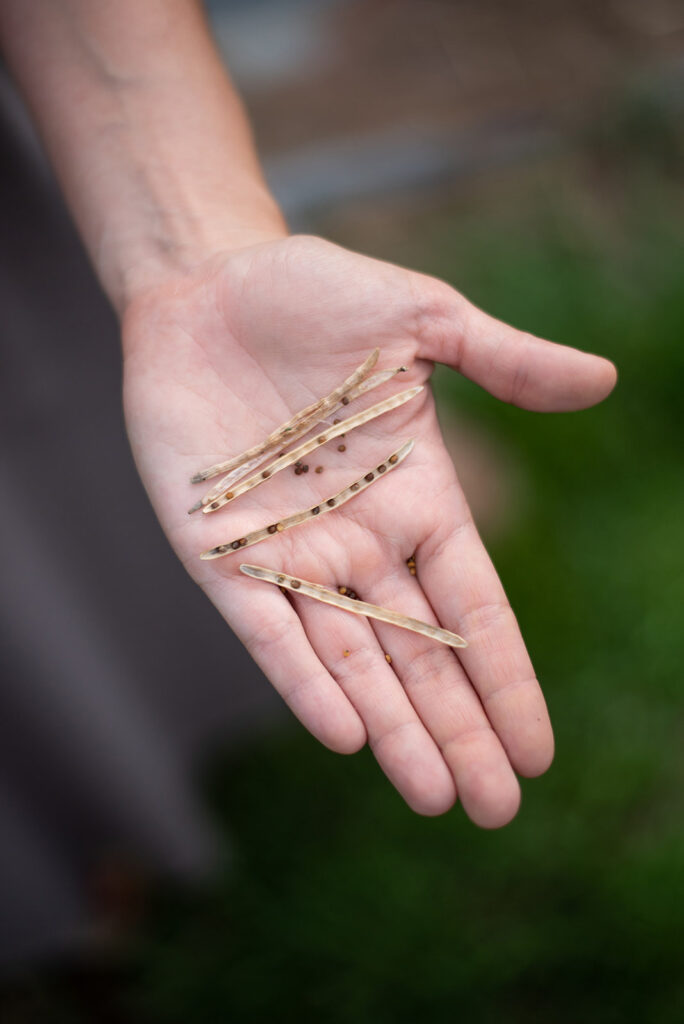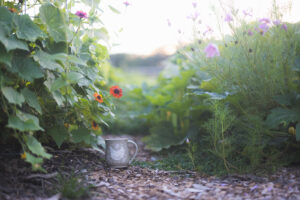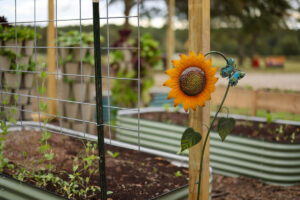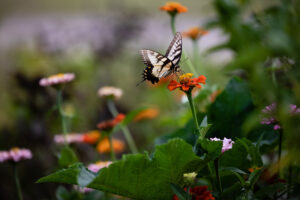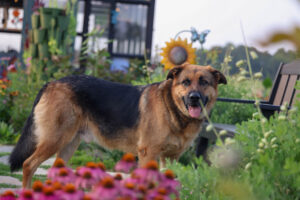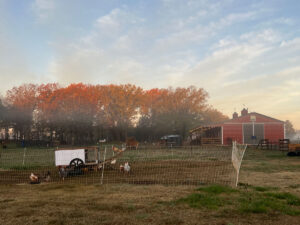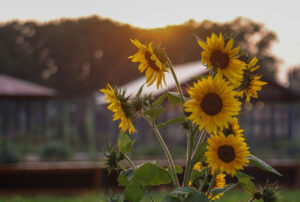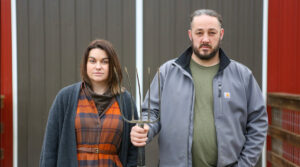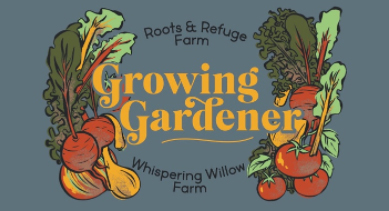Having the ability to successfully grow plants and save the seeds means that you can sustainably grow food for years to come. Saving seeds is NOT hard, but there are some things you’ll need to know. Cross-pollination can occur naturally in your garden, resulting in hybrid seeds, instead of pure, viable seeds. I want you to have these easy methods to avoid cross-pollination in your garden so that you can grow the plants you want to grow next year and for years to come.
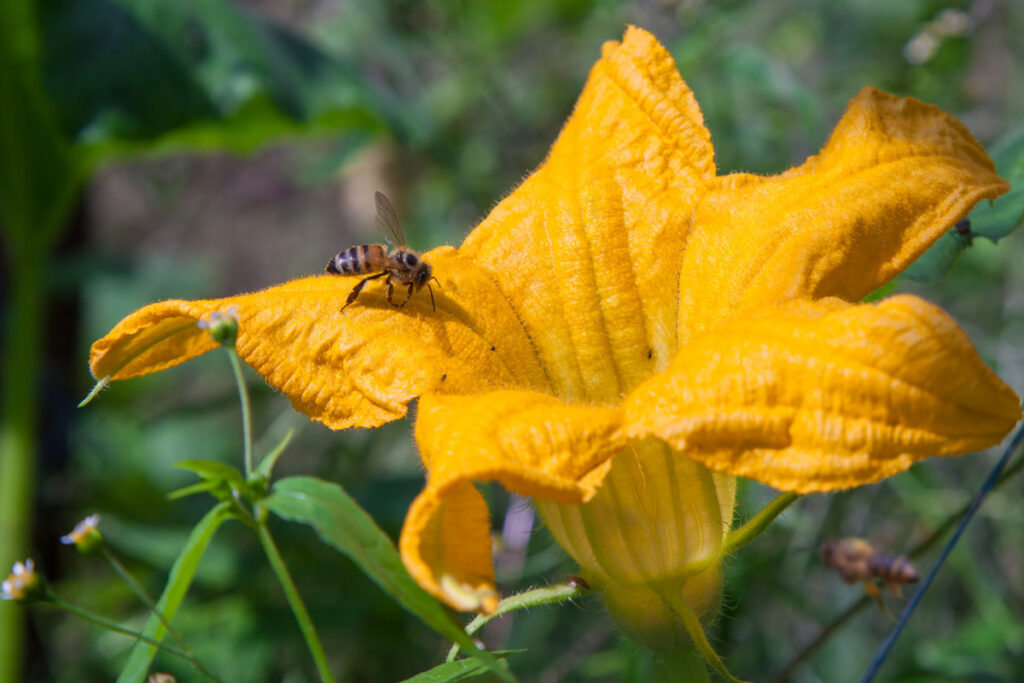
What Is Pollination
Pollination occurs when pollen from one flower is taken to another flower. This fertilized flower will then produce fruit with seeds carrying the information to grow a plant with the same characteristics of the parent plants.
Cross pollination means that pollen from a different plant pollinates a flower, possibly producing fruit with seeds that carry the characteristics of two different varieties.
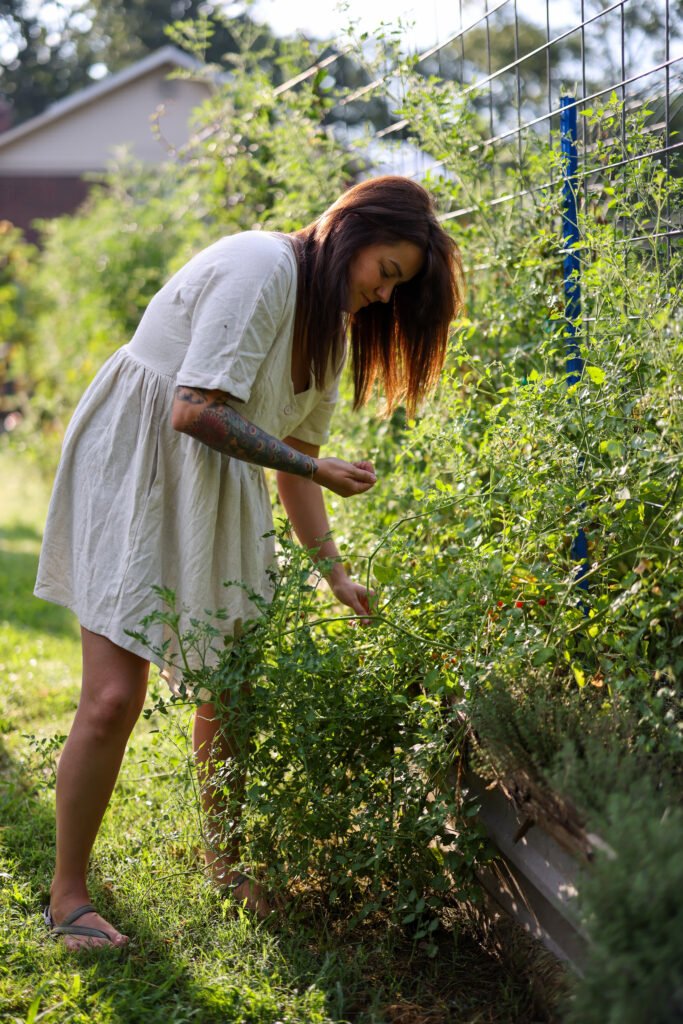
Choosing Plants For Saving Seeds
Modern hybrid seeds are produced by companies through selective plant breeding. Hybrids, themselves are not bad, but most modern hybrids are F1 varieties. This means the variety has not been stabilized yet.
If you were to collect the seeds from these hybrids, it is likely nothing would grow because they often produce sterile seeds. If you did get something to grow, it will not have the same characteristics of the parent plant.
For instance, you might be trying to grow your favorite cherry tomato, but end up with a different larger tomato.
Heirlooms, or open-pollinated varieties, produce seeds with the information to make true copies of the parent plant. They are established, stabilized varieties at least 50 years old. That makes heirloom varieties the best choice when saving seeds.
Truly, my heart is for gardeners all over to be growing heirloom varieties in their gardens.
So if you plan to save your seeds for future gardens, remember to start with heirloom varieties. If you’re new to heirlooms, check out my post on where to buy heirloom seeds.
4 Methods to Avoid Unwanted Cross-Pollination
Cross-pollination can occur naturally in your garden too, resulting in hybrid seeds instead of pure seeds.
If you are saving your seeds, you probably don’t want that. Here are 4 methods to avoid unwanted cross-pollination so you can ensure that you’re saving pure, viable seeds.

Method #1 – One Variety
The easiest method to avoid cross-pollination is to only grow one variety of each type of plant in your garden: one squash variety, one watermelon, one tomato, etc.
Many plants like tomatoes, peppers, and carrots are self-pollinating, which means that you only need one plant with multiple flowers on it for pollination to occur.
If you have a small garden, this may work fine. However, if you are reading this, I assume that you want to grow multiple varieties and still avoid cross-pollination. Keep reading for more methods.
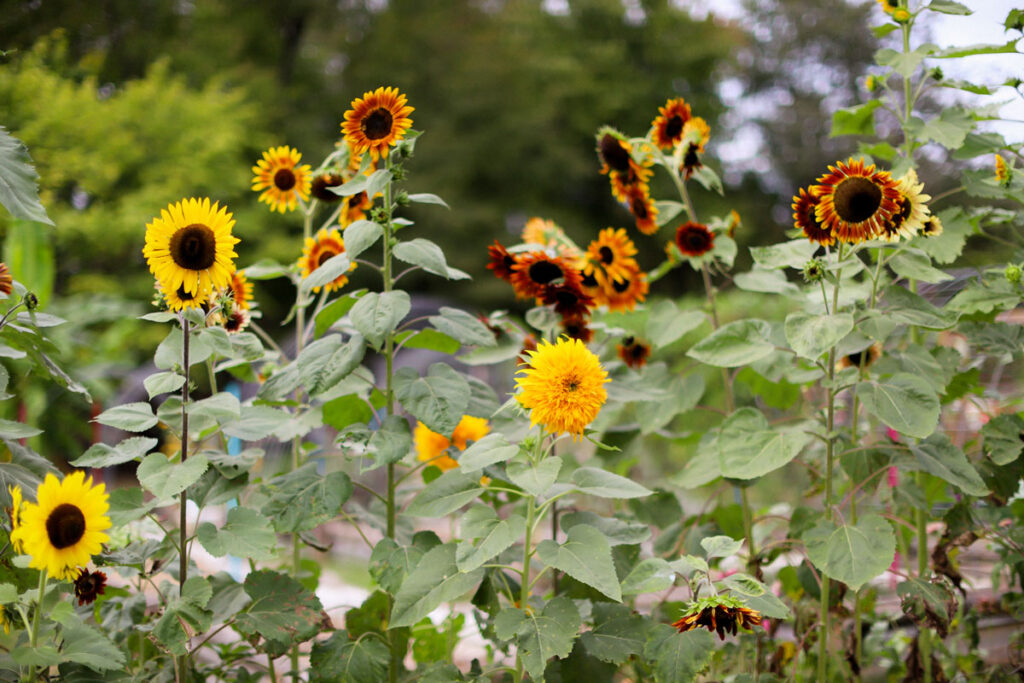
Method #2 – Planting Distance
Another practice for avoiding cross-pollination is to grow plants of the same type far enough away from each other that cross-pollination isn’t a concern. The generally accepted distance for this is 100 yards apart.
That takes a big space! And probably multiple garden sites, so this method isn’t practical for most home gardeners.
There are a few exceptions: flowers, beans, and tomatoes don’t typically cross-pollinate. When I want to save seeds from a tomato variety, I plant at least three of that variety really close together. Then I save seeds from the middle plant.
If you are really concerned about ensuring pure seeds with no cross-pollination though, you should stick with methods #3 and #4.
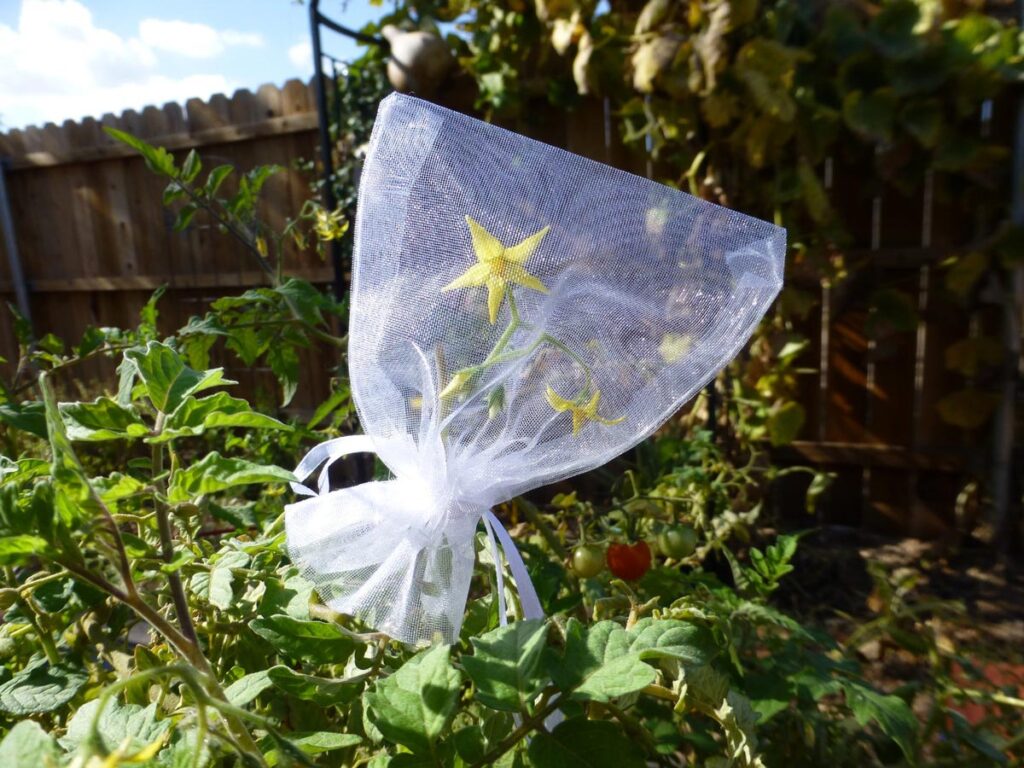
Method #3 – Blossom Bags
Use blossom bags. This is the method that I use most because it allows me to grow all the varieties that I want close together in one continuous garden space. Blossom bags specifically marketed for seed saving can be costly.
My money-saving tip: use little mesh party favor bags instead. They work just as well for a fraction of the cost. The party favor bags are double mesh with a drawstring. Just like blossom bags, these will allow the wind to blow through without letting the insects get through.
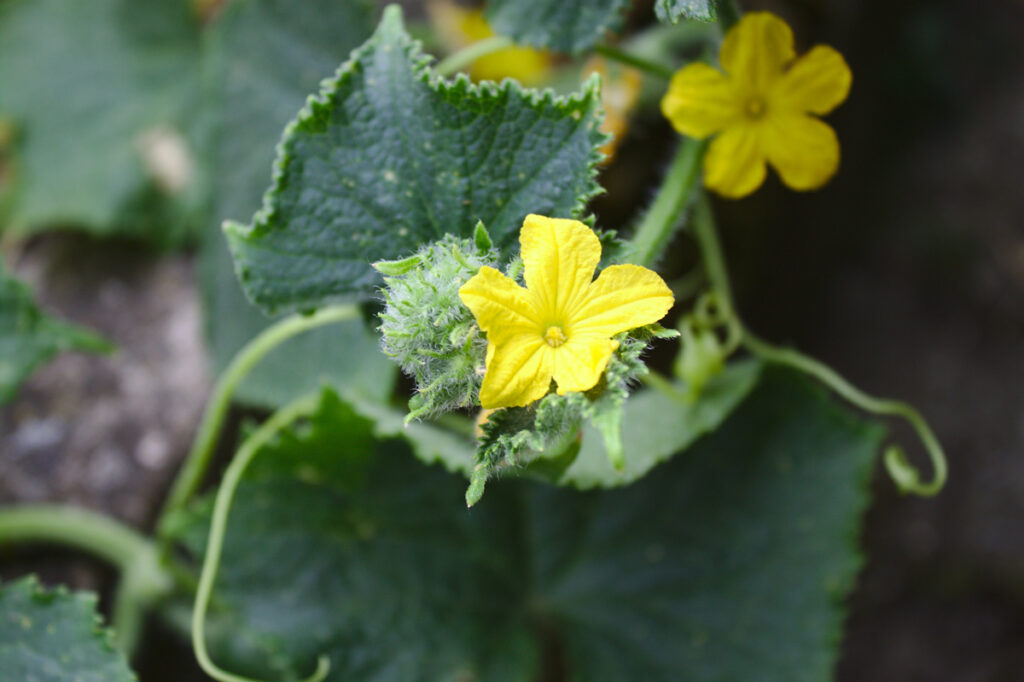
How to Use Blossom Bags
When the plant sets its flowers, before the flowers open, slip the bag down onto the branch over a bunch of flowers and tighten the drawstring. As the flowers open, they should all be contained inside the bag.
Now each time that you walk past the bag in the garden, or once daily, gently shake the branch. This will cause those flowers to pollinate each other.
After the fruits set on that branch, remove the bag and tie a ribbon or string on the branch. Later, when harvesting the fruit, use only the fruit off of the marked branches for seed saving.
Now you can be sure those fruit’s seeds will carry the genetics of that plant only.
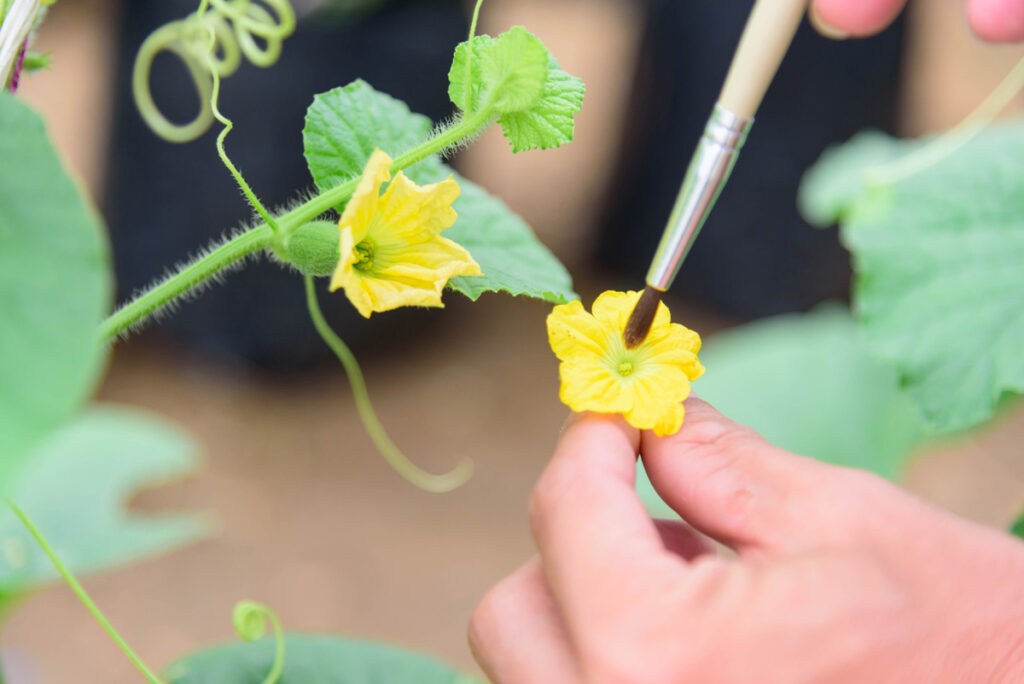
Method #4 – Hand Pollination
Hand pollination can be used to ensure pure seeds (for both fruit and vegetables) if you have a lack of pollinators.
Using a clean paintbrush, transfer the pollen from one flower to a newly opened flower on the same plant or another plant of the same variety.
It is a good idea to use blossom bags to cover the flowers until they open, remove the bags for hand-pollinating and then replace the bags if you want to ensure no cross-pollination occurs. This method takes a lot of attention.
How to Pollinate Cucurbits
Tip: The standard for cucurbits is hand pollination. Cucurbits are of the gourd family and include winter and summer squashes, pumpkins, cucumbers, and watermelon. Because cucurbits do not have clusters of flowers, blossom bags will not work unless you hand pollinate
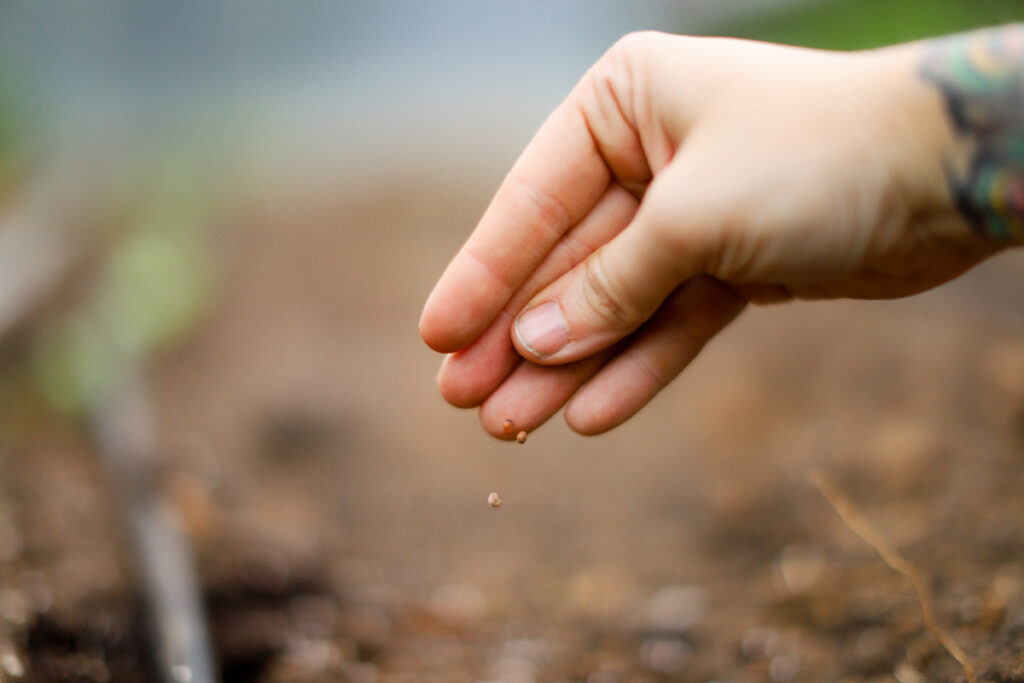
How to Determine if You Have a Pure Seed
If you don’t know whether your seed was cross-pollinated or not, grow a test. Yep, it's that simple. It was either cross-pollinated or it wasn’t.
If it wasn’t cross-pollinated, it will grow a replica of the parent plant with all the same characteristics. If that isn’t the case, you know you have seeds that were cross-pollinated.
When I am unsure about the pollination of something, I will save the seeds and label the bag with the plant variety I expect and then write “maybe” below it. Then I grow a few of those seeds and see what I get. If I get a plant with all the characteristics of the parent, then I can cross out the “maybe” on the bag and begin using those seeds for future plantings.
To be honest, I am not always super rigorous about avoiding cross-pollination in my garden. Sometimes, I don’t mind the risk and I think it is fun to see what I get. I still save seeds from fruit that I am unsure of, then I grow it and just see what I get.
I may end up with something new and cool, like the unique variety of okra I grew. I even experiment with this when trying to grow seeds from grocery store fruit and vegetables.
Now that you know how to ensure pure pollination, don’t miss my complete guide to seed saving.
